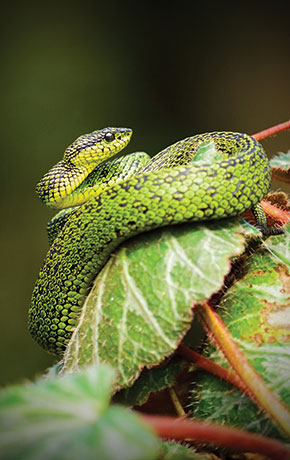There is no doubt other animal species use tools, empathize, have memories, express preferences, and make decisions that require complex thought. That “animals are clever in human-like ways” can be traced at least as far back as Darwin and makes sense based on evolutionary continuity.[1] Yet it seems no matter what new discovery is made that ultimately brings us closer to other species in terms of capabilities, there are always those who insist on there being clear dimensions by which to distinguish humans (Us) from other animals (Them). While interpreting and valuing animal behavior that looks like ours is not necessarily the best way to determine species-specific (and relevant) behavior, it has remained a benchmark of value. Anthropomorphic interpretations can lead to a closer sense of kinship but at the same time reinforce species hierarchies based on attributes valued in human beings. While humans and nonhumans speak different languages, anyone who has spent time with other animals knows they certainly communicate. That they are conscious and capable of experiencing positive and negative sensations and emotions is a given and has been affirmed in scientific research. “Science leaders have reached a critical consensus: Humans are not the only conscious beings; other animals, specifically mammals and birds, are indeed conscious, too.”[2]
As among humans, individual variation is greater than by species. In fact, mammalian brains are so similar that to use structural variation to determine differences is not productive. Rather, as Ferdowsian[3] points out, species membership is often cited as a rationale for exposing animals to harm that would be considered impermissible in humans. However, there is no consistent way to draw objective moral lines based only on species differences in cognitive, emotional, or physical abilities that will exclude one or more species and include others. The assortment of adaptive intellectual and emotional processes across species does not necessarily imply a moral hierarchy for considerations about harm avoidance. The quality of an animal’s life, his or her interests, and vulnerability to harm appear to merit more relevant consideration than species categorization.
If brain structure is the bottom line, then the similarities are great. Philosopher Martha Nussbaum[4] argues that “our imaginative sympathy” with other species should serve as our guide when trying to determine what a “just relation” between us might look like.
References
[1] Shettleworth, S. J. (2010). Clever animals and killjoy explanations. Trends in Cognitive Science, 1-5. p. 1.
[2] http://www.earthintransition.org/2012/07/scientists-declare-nonhuman-animals-are-conscious/. See also The Cambridge Declaration on Consciousness in Human and Nonhuman Animals, and the European Union’s Treaty of Lisbon, 2009.
[3] Ferdowsian, H. (2014). Ethical Problems Concerning the Use of Animals in Psychiatric Research. (under review for publication)
[4] Nussbuam, M. (2006, February 3). The moral status of animals. Chronicle of Higher Education. http://chronicle.com/article/The-Moral-Status-of-Animals/25792
For citation purposes, this page was last updated December 2014

